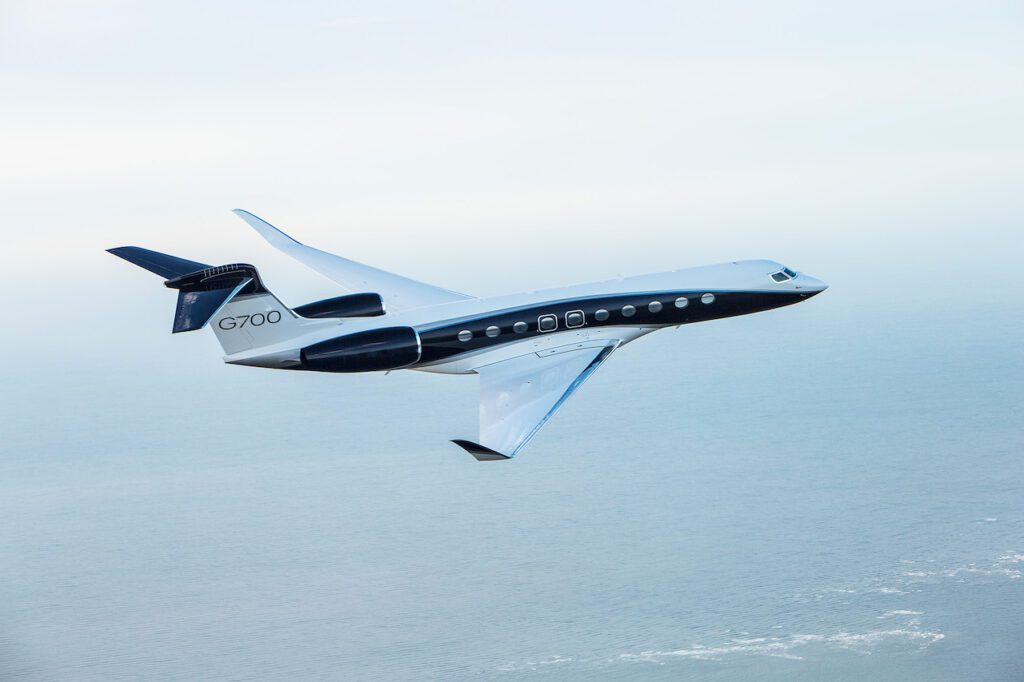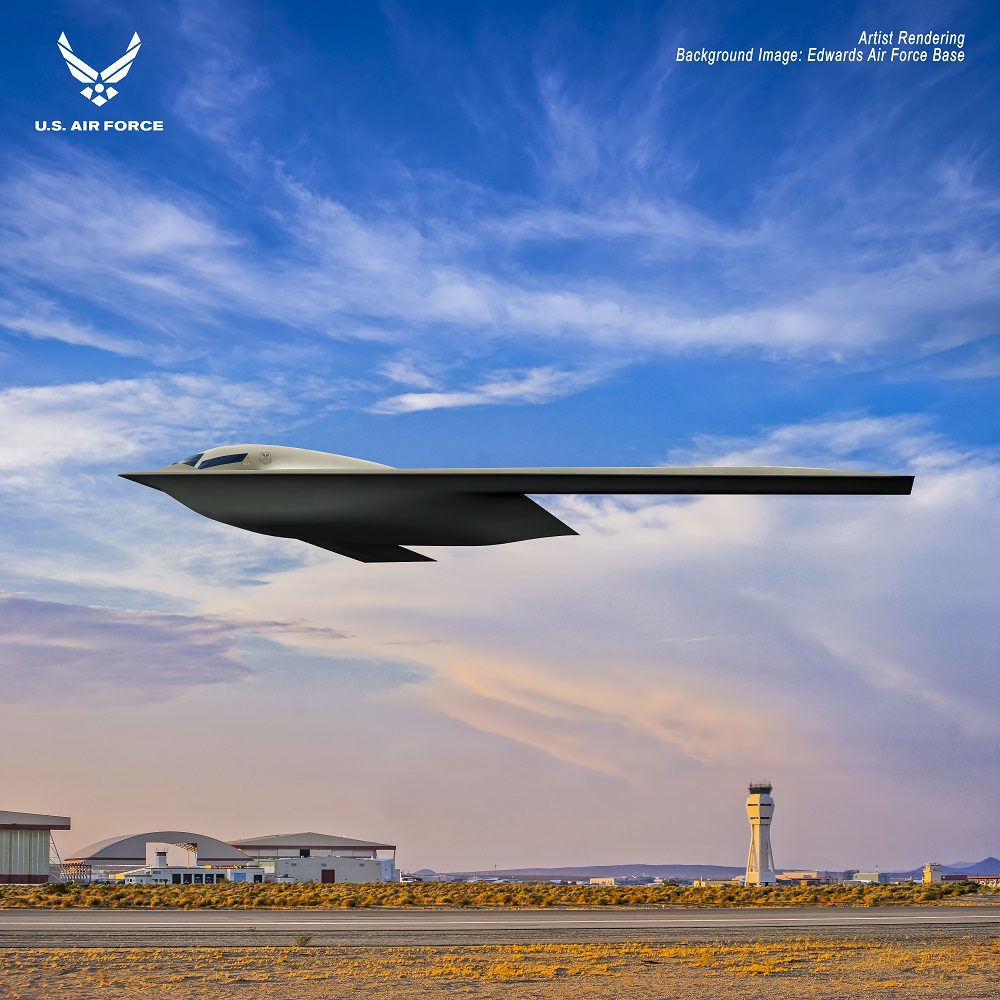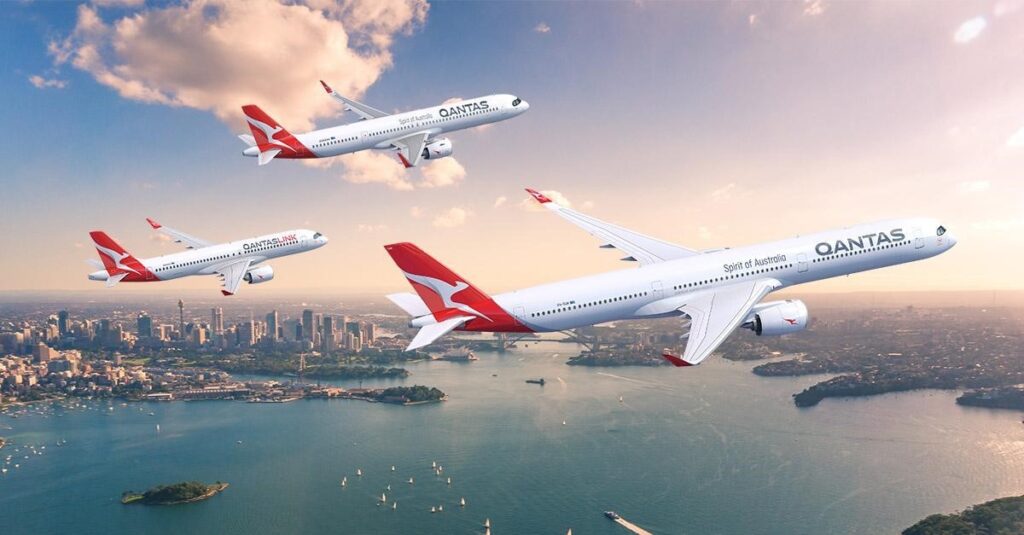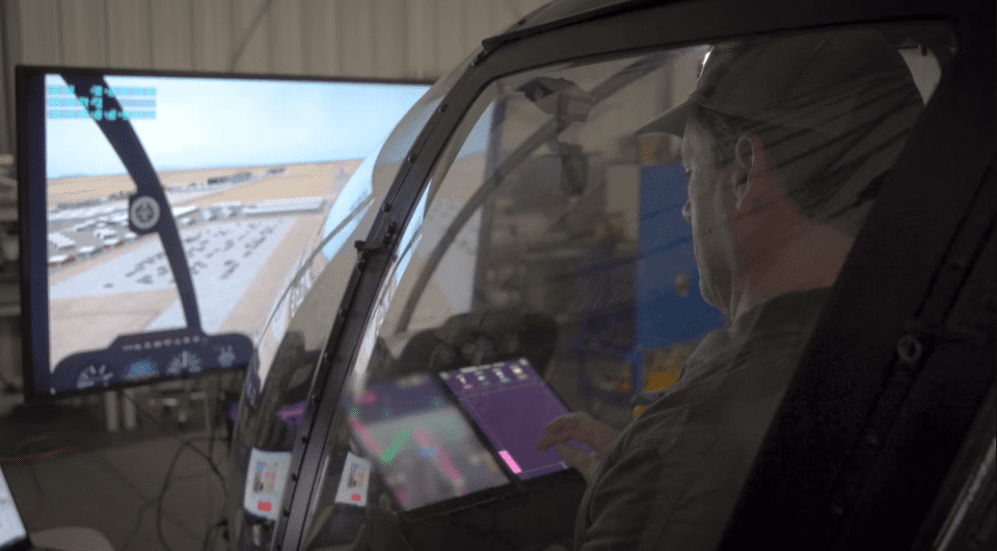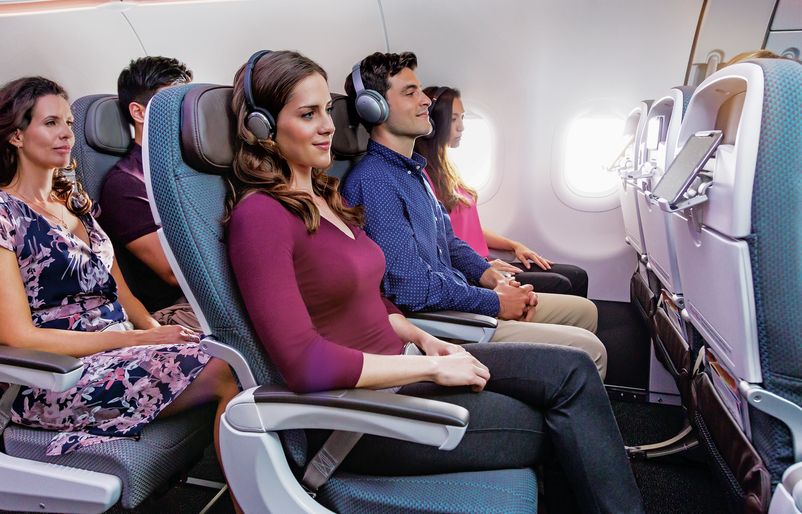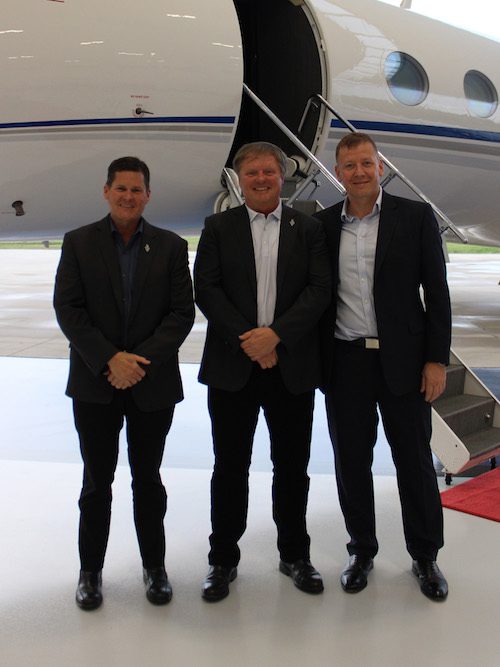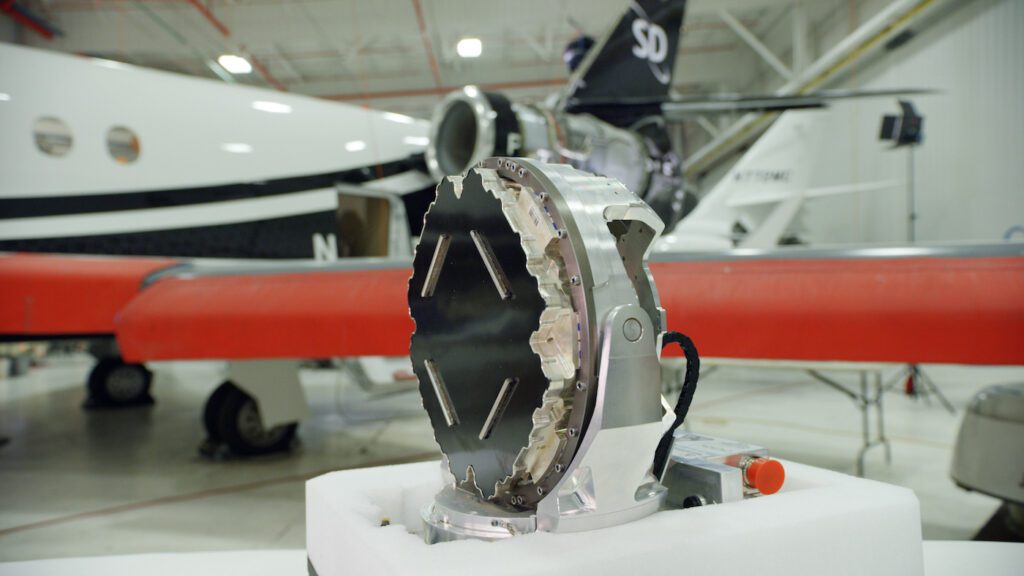Raytheon Partners with Universities to Develop Skyler Radar
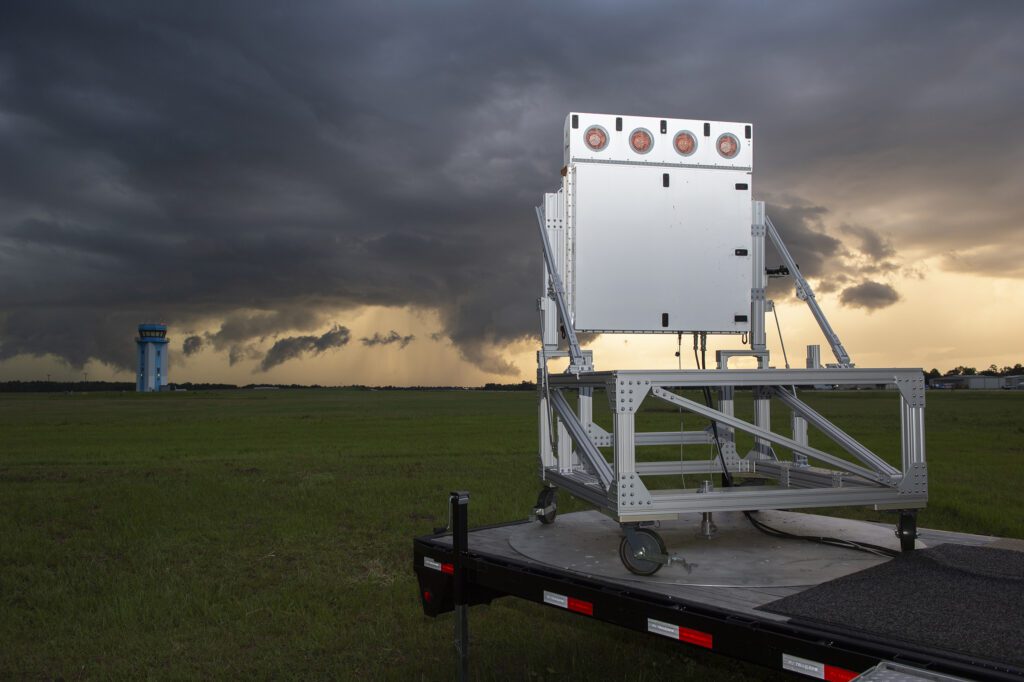

Raytheon Intelligence & Space is involved in partnerships with the University of Massachusetts Amherst, Virginia Tech, Stony Brook University, and Hampton University to encourage innovations that will facilitate drone integration into the national airspace. (Photo courtesy of Raytheon)
Raytheon Intelligence & Space is collaborating with multiple universities to conduct research related to drone traffic management and to further develop its weather-sensing Skyler radar technology. Mike Dubois, technical program manager for air traffic systems at Raytheon, shared details on the status and trajectory for these partnerships in an interview with Avionics International.
RI&S has shared its resources and equipment—including systems for air traffic management, weather prediction, cybersecurity, and mobile radar—with researchers at several colleges including Purdue University, Stony Brook University, the University of Massachusetts Amherst, Virginia Tech, and Hampton University. These long-term partnerships provide hands-on experience for college faculty and students while also enhancing innovation and helping to create a more diverse workforce, according to RI&S.
Dubois is the technical program manager for the Skyler product, which is a multifunctional radar capable of detect-and-avoid operations and is used for traffic management of unmanned aircraft (UTM) and other advanced air mobility (AAM) needs. Skyler is also positioned to be a high-resolution weather sensor, says Dubois. According to the company website, Raytheon’s Skyler is an Active Electronically Scanned Array that provides high-resolution data. A single radar can be scaled up to a distributed network of radars that work in tandem to provide data across a large area.
“The Skyler product is really the out-product of an initiative where we partnered with the University of Massachusetts in a program called CASA (the Center for Collaborative Adaptive Sensing of the Atmosphere),” Dubois said. Beginning in 2002, Raytheon served as the lead industry partner in this multidisciplinary partnership established by the National Science Foundation Engineering Center. The University of Massachusetts and Raytheon shared the goal of developing a phased-array weather sensing radar with no moving parts, and this ultimately resulted in the creation of Skyler.
“The most exciting and interesting part has been the engagement with the universities,” Dubois commented. “The technology can help shape someone’s academic career, or their thesis.”

“There are still fundamental questions that need to be answered by the community as a whole—understanding what a phased-array radar can do to enhance or upgrade weather systems.” – Mike Dubois (Photo courtesy of Raytheon)
RI&S is also currently working with Hampton University, where a team plans to perform a combination of uncrewed traffic management and weather research. “We hope to have radar installed at their campus later this year,” Dubois added. He explained that the university’s location at Chesapeake Bay is ideal for coastal weather research given the high-density, mixed-use airspace.
Raytheon began a formal collaboration with FAA-designated UAS test site Virginia Tech last year. In this partnership, Skyler offers “a multifunctional system, where it does both air traffic and weather surveillance, and we test that at an FAA test site,” stated Dubois. The focus is on integrating beyond visual line of sight (BVLOS) operations into the national airspace. Kip Spurio, Air Traffic Systems technical director for RI&S, remarked in the company’s announcement, “Virginia Tech is well positioned to test the Skyler radar in a mixed environment—crewed and uncrewed aircraft systems. Their assessment is validating its capabilities to safely further this ecosystem.”
Dubois commented that he looks forward to seeing the contract with Virginia Tech fulfilled, as well as “delivering results to ASTM and RTCA that describe the system that was implemented and the results that were generated in the findings.”
Dubois expects the relationship between RI&S and the University of Massachusetts to grow in its focus on the antenna itself and RF characteristics. The focus in their collaboration with Stony Brook University’s Atmospheric Sciences program, he said, has been weather sensing capabilities. The program has multiple ongoing research projects, including those funded by the Department of Energy.
There is still a lot of work that needs to be done with the weather radar technology before it is adopted. “There are still fundamental questions that need to be answered by the community as a whole—understanding what a phased-array radar can do to enhance or upgrade weather systems,” Dubois said. By partnering with universities to explore these types of questions, Raytheon’s team can benefit the community as well as their own understanding of the technology.
He views the aviation community as the intersection of air traffic and weather. “The industry is still focused on the vehicles and avionics, but we’re very quickly going to run into the need to understand the weather at lower altitudes.” As a collective, he says, we need to understand how these subjects intersect and what technology is needed to support that.
The post Raytheon Partners with Universities to Develop Skyler Radar appeared first on Aviation Today.
—————
Boost Internet Speed–
Free Business Hosting–
Free Email Account–
Dropcatch–
Free Secure Email–
Secure Email–
Cheap VOIP Calls–
Free Hosting–
Boost Inflight Wifi–
Premium Domains–
Free Domains








